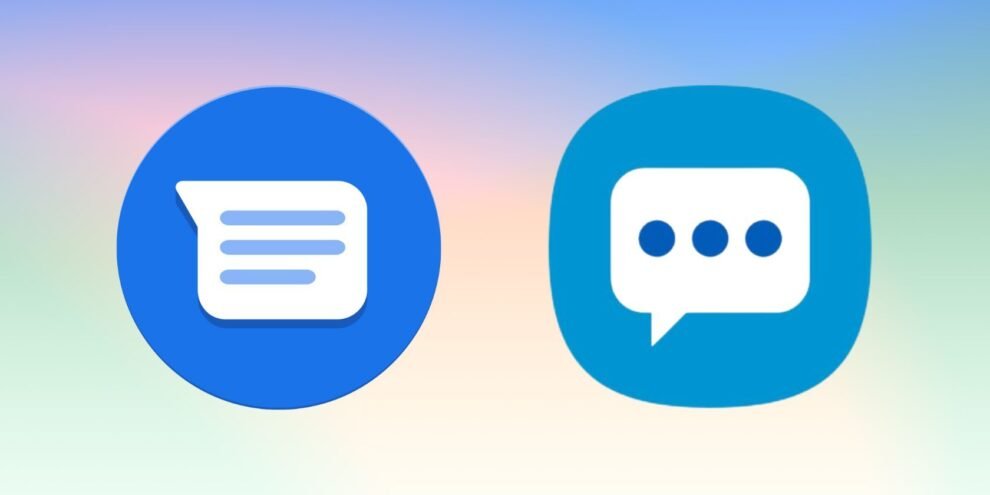Google Messages has received a significant update, offering users a feature that will bring Android’s messaging experience closer to that of Apple’s iMessage. The new ability lets users add emoji reactions to individual messages, with engaging animations for added expressiveness.
Key Highlights
- Android users gain iMessage-style reactions: Express yourself in new ways with animated emoji reactions.
- Seamless within Google Messages: The feature works smoothly for chats within the Google Messages ecosystem.
- No iPhone compatibility (yet): iPhone owners won’t see the animations, but they’ll receive your emoji reaction as a text.
- Simple and engaging: Reactions are easy to use and add fun to your messages.
How to Use Emoji Reactions in Google Messages
Using the new feature is straightforward:
- Make Sure You’re Updated: Ensure you have the latest version of Google Messages from the Play Store.
- Long Press: In a conversation, long-press on any message.
- Choose Your Reaction: Select from a range of emoji reactions, including thumbs up, heart, laughter, and more.
- Watch it Animate: Your chosen emoji and a visual animation will appear on the message.
Enhancing Android Messaging
Google consistently upgrades Google Messages to provide a richer user experience. Emoji reactions have long been a beloved element of iMessage, allowing for quick and playful responses to messages. Android users can now enjoy this same level of expressiveness within their chats.
While cross-platform compatibility with iPhones for the animations is yet to arrive, the new emoji reactions make Google Messages even more convenient and enjoyable.
The Benefits of Emoji Reactions
Using emoji reactions offers several advantages:
- Faster Replies: Quickly convey your thoughts and feelings without typing a full response.
- Conversation Clarity: Add context to your messages, reducing misunderstandings.
- Expressive Fun: Liven up your conversations with playful reactions and animations.
Expanding Android’s Messaging Capabilities
Google continues to improve the overall messaging experience for Android users. The addition of emoji reactions aligns with the company’s efforts to provide a more dynamic and expressive messaging platform and close the feature gap between Android and Apple’s iMessage.
While there’s still room to bridge that gap completely, the rollout of emoji reactions is a welcome update that adds a touch of fun and convenience to texting on Android smartphones.
A Step Toward Messaging Parity
Emoji reactions have become an essential element of modern digital communication, allowing users to express themselves beyond simple text. While Android users have longed for this parity with iMessage, it’s important to note that this feature is a significant development toward a smoother communication experience for Android users.
Google has been working to implement RCS (Rich Communication Services), the intended successor to SMS. RCS aims to bring advanced features like those found in iMessage to Android. As Google continues to develop Google Messages and RCS gains wider adoption, the gap between Android and iPhone messaging experiences may narrow even further.
The wider range of reactions and their accompanying animations further enhance the ability to add nuance and personality to conversations within Google Messages.



















